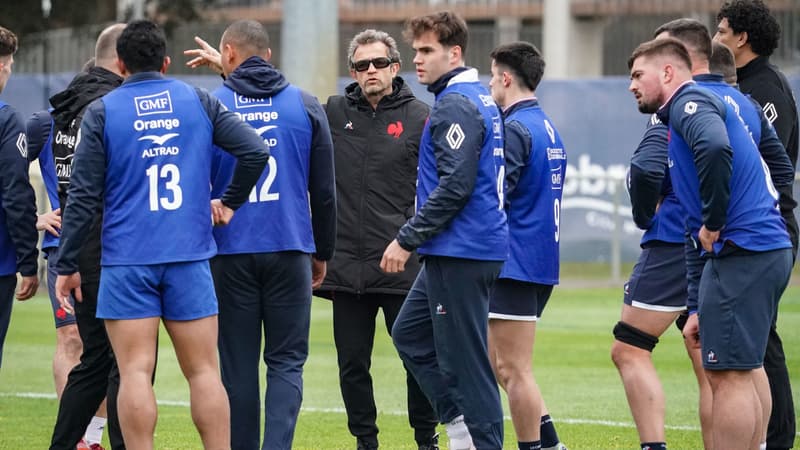Statistics show that, on average, a rugby player’s long run does not exceed 80 metres. If you then train players to run 110 metres, they will gain power in the last few lengths, which are often decisive in rugby matches.
Examples of field applications broken down into data tables are therefore legion within the data analysis platform developed by publisher SAS as part of a partnership established with the French Rugby Federation.
Save time for more performance
Distributed throughout the venue, trackers, radars, screens, tablets, cameras, drones collect a large amount of data that is then published in the form of reports that the French team staff then work on.
Based on specific cases, video analysis, the coaches simulate different game situations depending on the opponent. The great strength of this solution is the automation that saves time for both data analysts and video analysts, who can respond reactively to requests from coaches.
Also among the innovations are features that track the individual performance of each player, based on their position and strategy goals for the day. A connected globe completes the device. Flight speed and rotation, the information collected also allows to calculate its acceleration and deceleration phases.
The databases in which the French team works are constantly being enriched. It is true that it is the players who are finally on the field and the only ones capable of ensuring the final victory, but they are increasingly being helped by data and artificial intelligence.
Source: BFM TV


